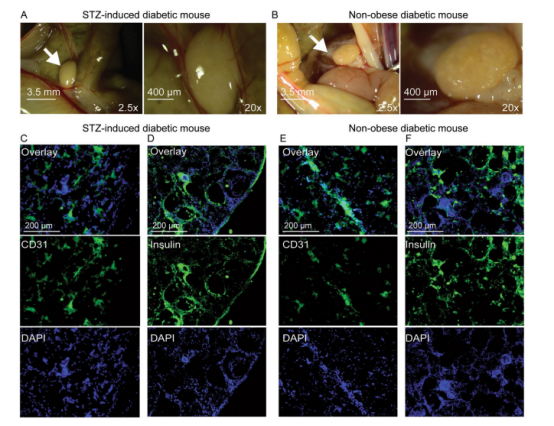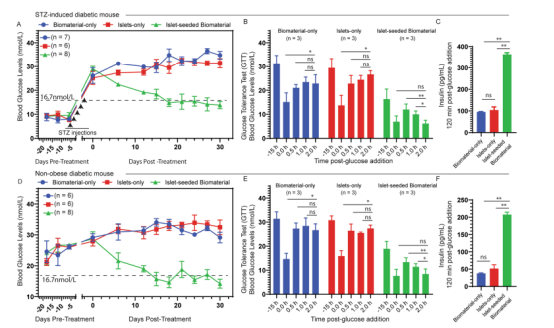Discover the innovative approach in diabetes management where a novel biomaterial has been used to support pancreatic islet cells, potentially reversing Type 1 Diabetes.
In the ongoing battle against Type 1 Diabetes (T1D), scientists have been seeking a solution to replace traditional insulin injection therapies. A recent study published in Scientific Reports has brought us new hope. Researchers have developed a novel cationic polymer biomaterial as a scaffold for pancreatic islet cells, successfully reversing hyperglycemia in mouse models of the disease.
Background of the Study
Type 1 diabetes is caused by the destruction of pancreatic beta cells by the body’s own immune system, leading to insufficient insulin secretion. Current treatment methods, such as exogenous insulin injection and immunosuppressive therapies, suffer from issues like injection pain, lipodystrophy, poor patient compliance, and the risk of infections due to global immunosuppression.
Innovation of the Study
In this study, the research team used a novel cationic polymer biomaterial as a bioscaffold to implant donor syngeneic pancreatic islet cells in diabetic mouse models via intraperitoneal implantation. This biomaterial can effectively interact with the negatively charged plasma membranes of pancreatic islet cells, supporting the three-dimensional growth of cells both on the exterior and interior surfaces of the biomaterial, providing a stable microenvironment for the cells.

Results of the Study
The experimental results showed that mice implanted with the biomaterial containing pancreatic islet cells had a significant decrease in blood glucose levels, an increase in insulin levels, an increase in survival rates, and stabilization of metabolic indices. Importantly, the implanted pancreatic islet cells formed an organ-like structure within the bioscaffold, promoting neovascularization, which supported the long-term survival of the graft and allowed for the monitoring of blood glucose levels.

Significance of the Study
This study not only demonstrates the novelty, simplicity, and effectiveness of the new biomaterial in tissue regeneration and in vivo restoration of organ functions but also provides a potential alternative therapy for the future treatment of Type 1 Diabetes. With this biomaterial, we can anticipate a more natural and long-term effective insulin replacement therapy that could improve the quality of life for millions of people with diabetes.
Future Prospects
Although this study has been successful in animal models, further research and trials are needed to translate this therapy into clinical applications. Researchers plan to explore the use of this biomaterial in combination with specific immunosuppressive agents to achieve better therapeutic effects. The prospects for research in this field are exciting, and we have reason to believe that with advances in technology, the treatment of Type 1 Diabetes will become more effective and humane.
For the original article, please refer to the link here.
https://doi.org/10.1038/s41598-020-60947-x

